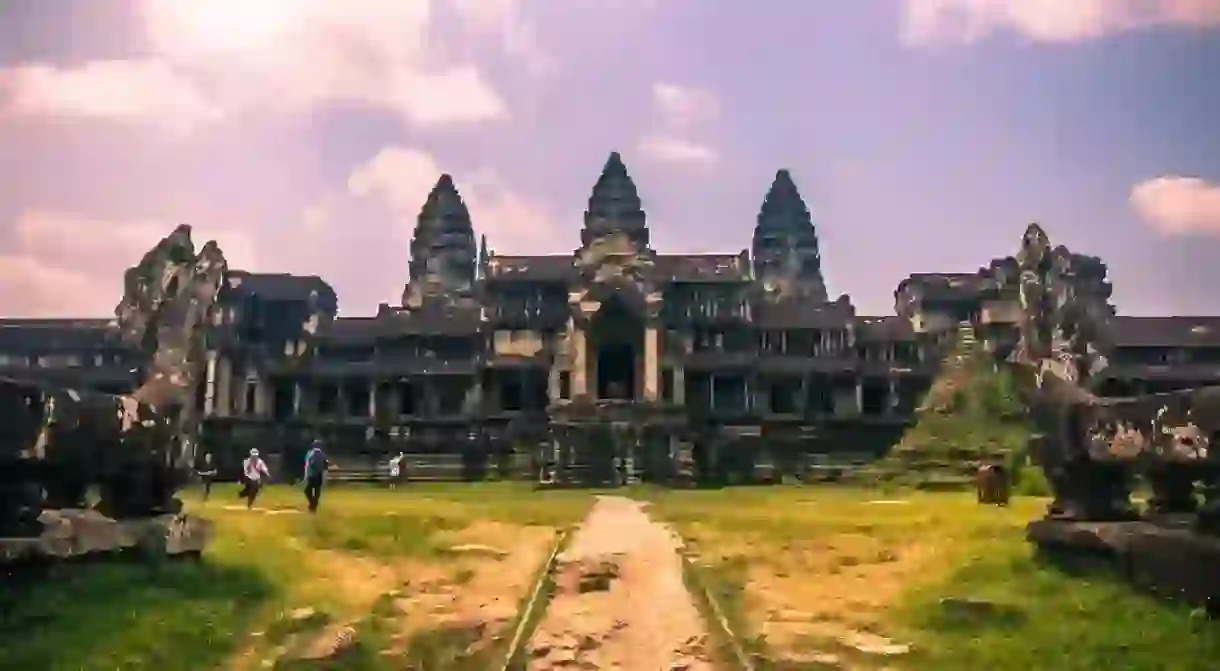7 Beautiful Temples to Visit in Siem Reap

There’s no question that Siem Reap is something of a spiritual hub. Stretching across 400 square kilometres, Angkor Archaeological Park is home to hundreds of temples, including the popular Angkor Wat, Bayon and Ta Prohm. In addition to this must-see trio, a smattering of lesser-known but just as beautiful temples take travellers off the beaten track – and away from the hordes of tourists. Here are seven of the best.
Angkor Wat
Architectural Landmark, Historical Landmark

Sitting at the heart of Angkor Archaeological Park is the glorious Angkor Wat. Undoubtedly one of the most spectacular temples in Cambodia, and the country’s most popular draw, Angkor Wat is among the world’s largest religious monuments and is a popular spot to see the sun rise. Spanning 162.2 hectares, it was built in the 12th century as a Hindu temple, but later transformed into a place of worship for Buddhists. However, if you think you’re going to get the intricate bas-relief carvings to yourself, think again, because tourists flood the complex at all times of the day. It’s worth battling the crowds, though, especially for the spectacular views when you climb to the top of the central towers.
Bayon
Building

Ta Prohm
Buddhist Temple

Banteay Srei
Hindu Temple

Banteay Kdei
Architectural Landmark, Historical Landmark

Known as the ‘citadel of monks’ cells’, this Buddhist temple dates back to the mid-12th to early-13th centuries. Banteay Kdei is similar to Ta Prohm in design, but it’s smaller, easier to navigate and less crowded. Extensive restoration work is being carried out to try to claim the temple back from nature.
Prasat Kravan
Architectural Landmark, Historical Landmark

One of the smaller Angkor temples, Prasat Kravan was created in the 10th century and boasts an impressive facade of red-brick symmetrical towers. The bright orange hue of the stone makes this temple a beautiful spot to stop off at. (Prasat Kravan is usually the first stop on longer tours of the Angkor temple complex.)
Ta Som
Architectural Landmark, Historical Landmark

If you’re looking for a quieter alternative to the root-threaded Ta Prohm, minus the throngs of people, then Ta Som is a great option. With its impressive entrance, the temple gets even more mysterious as visitors delve deeper and discover untouched corners, secret crevices and more exposed roots.













